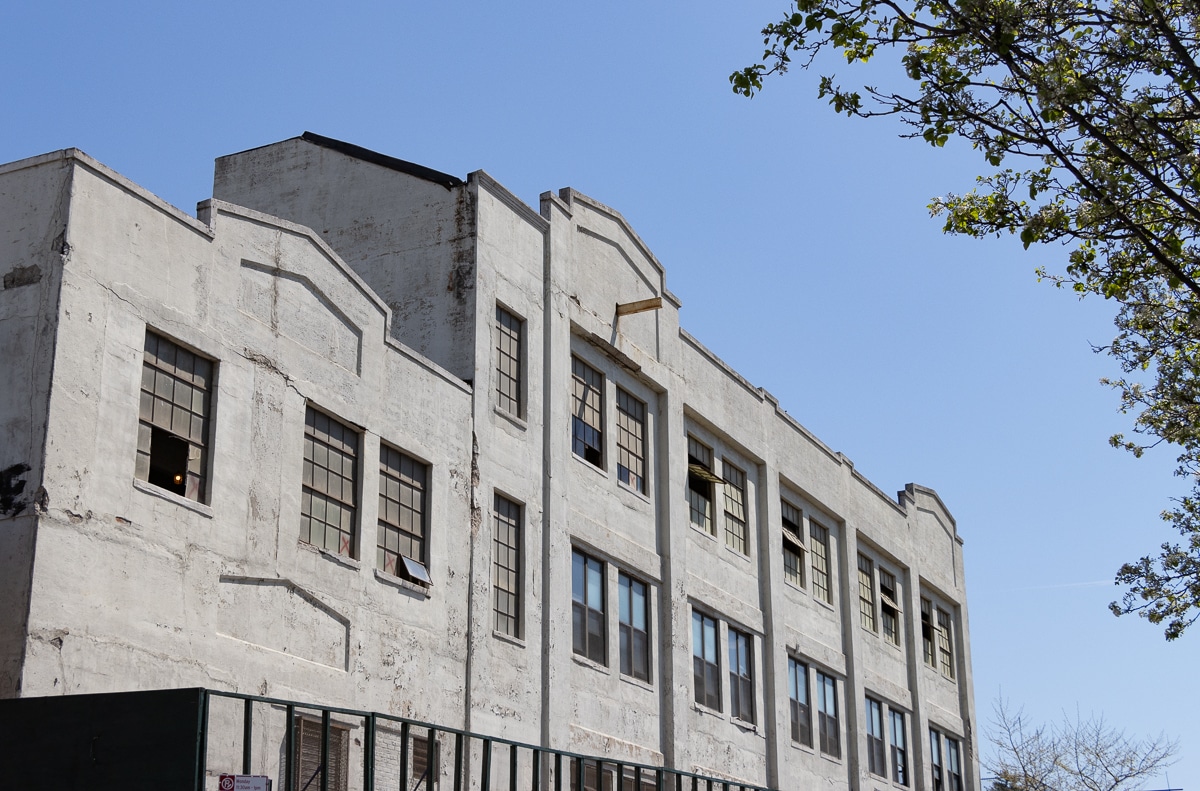The Brooklyn Eagle: From Walt Whitman to Online Today
This post courtesy of Explore Brooklyn, an all-inclusive guide to the businesses, neighborhoods, and attractions that make Brooklyn great. What’s in a name? Brooklyn’s most famous newspaper franchise was known under a host of different mastheads during its long and illustrious history. It started life in 1841 as The Brooklyn Eagle, and Kings County Democrat,…
This post courtesy of Explore Brooklyn, an all-inclusive guide to the businesses, neighborhoods, and attractions that make Brooklyn great.
What’s in a name? Brooklyn’s most famous newspaper franchise was known under a host of different mastheads during its long and illustrious history. It started life in 1841 as The Brooklyn Eagle, and Kings County Democrat, was renamed The Brooklyn Daily Eagle and Kings County Democrat in 1846, and shortened to The Brooklyn Daily Eagle in 1849. In 1938, the name was further shortened to Brooklyn Eagle, which remained its name until it went under after a lengthy newspaper strike in 1955.
The Brooklyn Eagle grew to be one of the most respected newspapers in the country, and in fact was the most popular afternoon daily newspaper in the United States at one point. Its editors included such notables as Thomas Kinsella, St. Clair McKelway, Cleveland Rogers, Frank D. Schroth, and Charles Montgomery Skinner. And, of course, Brooklyn’s great poet, Walt Whitman.
Photo of Brooklyn Daily Eagle office via Wikipedia.
Politics
True to its original name, the Eagle represented the views of the Democratic Party, a fact that didn’t always sit well with the 16th President of the United States. During the Civil War, the Eagle’s mailing privileges through the United States Post Office Department were once revoked due to a forged letter supposedly sent by Abraham Lincoln.
Later, the newspaper editorially tried unsuccessfully to forestall and stop the drive to incorporate the five boroughs into one Greater New York City in 1898.

Walt Whitman, Editor
Brooklyn’s most celebrated poet started a career as a newspaperman at an early age; in his early teens he worked as an apprentice or “printer’s devil” for a Long Island newspaper, the Patriot, edited by Samuel E. Clements (not Samuel L. Clemens, who was Mark Twain). After a series of journalism and teaching jobs, Whitman was named editor of the Eagle in 1846. Over the next two years he would write over 800 items for the newspaper, including editorials, political commentary, news stories, short reviews about literature, and two very early poems.
Tana Wojczuk writing in The Tinhouse Blog gives a vivid and detailed account of Whitman’s work habits at the Eagle:
“The Eagle offices were just blocks from the East River and the Fulton Ferry, where the Brooklyn Bridge would be built 37 years later. Whitman had not yet adopted his costume of the “working rough”—hat tipped back, jacketless, with his sleeves rolled up in the fashion of writers and typesetters … After finishing work about midday, Whitman frequently took the ferry to lower Manhattan to walk along the Battery, following the sea. Whitman’s daily columns often drew on material he gathered during these walks, characteristically focusing on the Brooklyn and Manhattan working class. His essays are a celebration of both the city’s infinite variety and the variety of his responses to it.”
Whitman only lasted two years as editor of the Eagle. In 1848, as the Democratic party in New York State was split into the anti-slavery “Barnburner” and conservative “Hunker” factions, Whitman sided with the Barnburners while the newspaper’s owner, Isaac Van Anden, sided with the Hunkers. This proved to be an irreconcilable difference. (The Barnburners would go on to leave the Democratic party and, along with other anti-slavery groups, form the Free Soil Party.)
Closure
In 1955, a strike of 315 employees belonging to the Newspaper Guild of New York brought the presses to a halt. The Eagle published its last edition on January 28, 1955. Publisher Frank Schroth announced in March that he would stop publishing the paper for good, and began selling its assets.
Its editor at the time — Thomas N. Schroth, son of the publisher — later became editor of the Congressional Quarterly and founder of the The National Journal in Washington, D.C., both of which continue to publish today.
Finding the Eagle Today
In 1996, a new version of the paper was introduced. Although it has no business relation to the original Eagle, it publishes a daily historical/nostalgia page called “History,” mostly made up of material from the pages of the original Eagle.
History buffs and researchers alike can access the complete Brooklyn Eagle archives thanks to the New York Public Library. Their free database allows users to read every article published in the Brooklyn Eagle from 1841 to 1955.










What's Your Take? Leave a Comment